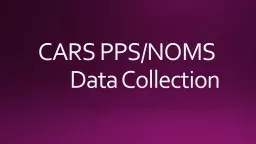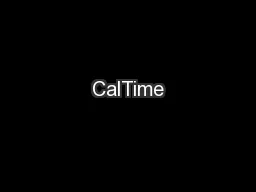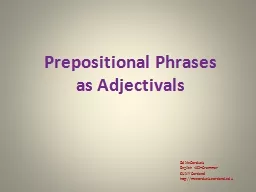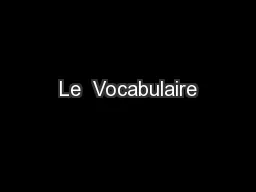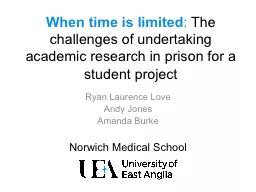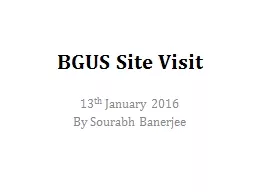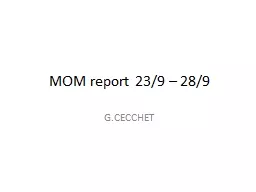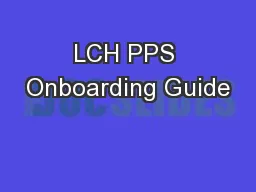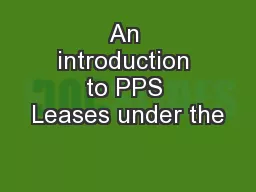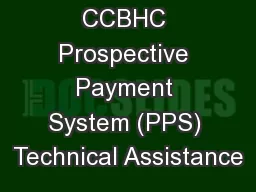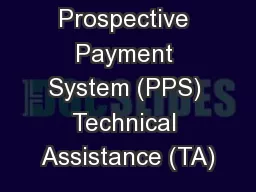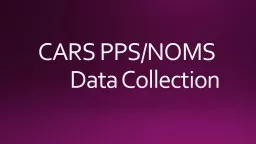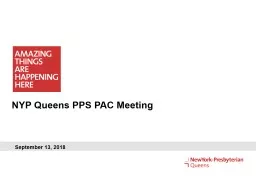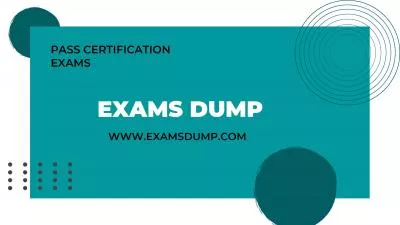PPT-CARS PPS/NOMS Data Collection
Author : liane-varnes | Published Date : 2018-09-18
Data Sources State of Wisconsin Reporting Requirements Program Participation System PPS Required of all programs that receive State or Federal funding Mental Health
Presentation Embed Code
Download Presentation
Download Presentation The PPT/PDF document "CARS PPS/NOMS Data Collection" is the property of its rightful owner. Permission is granted to download and print the materials on this website for personal, non-commercial use only, and to display it on your personal computer provided you do not modify the materials and that you retain all copyright notices contained in the materials. By downloading content from our website, you accept the terms of this agreement.
CARS PPS/NOMS Data Collection: Transcript
Download Rules Of Document
"CARS PPS/NOMS Data Collection"The content belongs to its owner. You may download and print it for personal use, without modification, and keep all copyright notices. By downloading, you agree to these terms.
Related Documents

